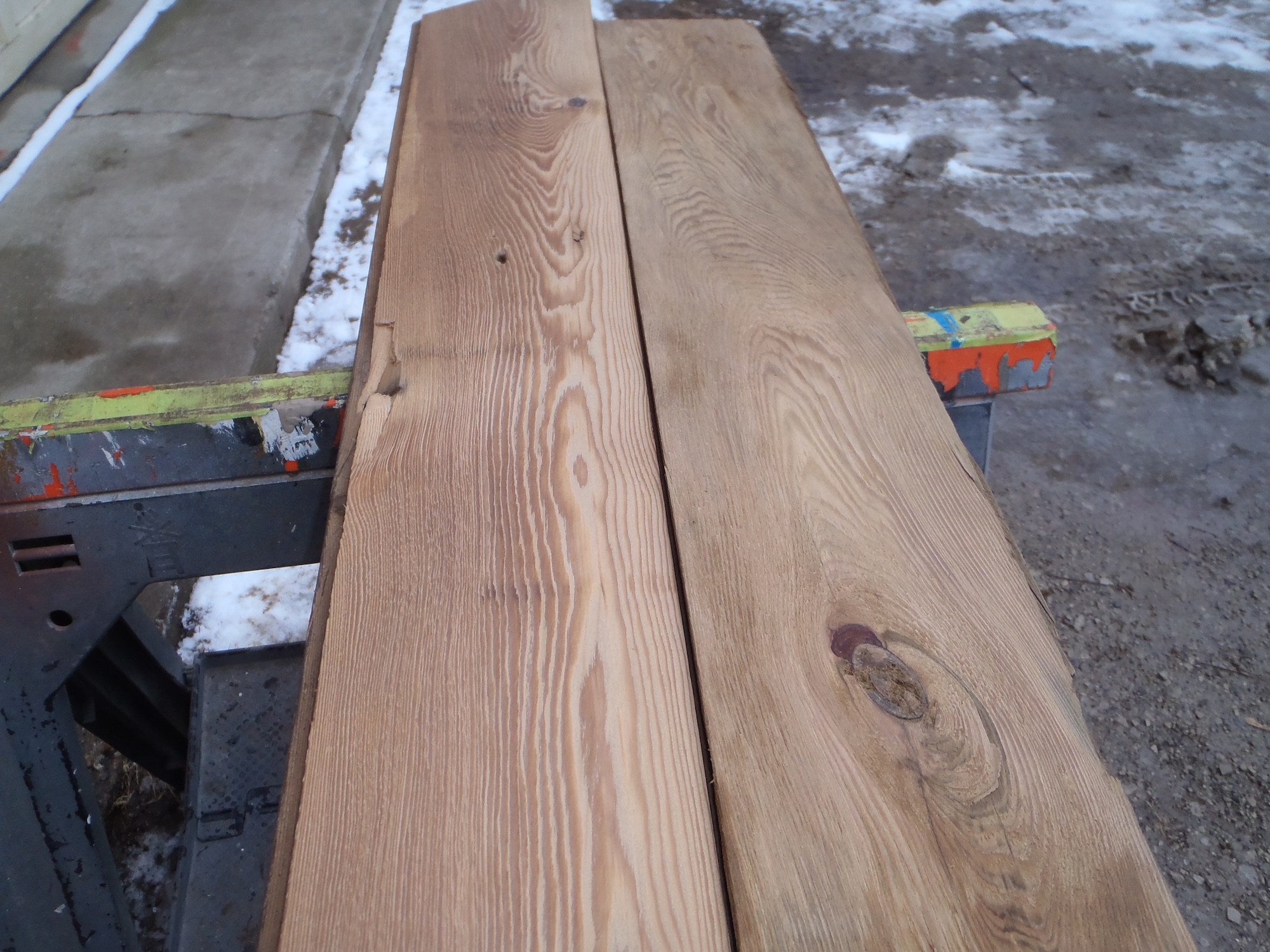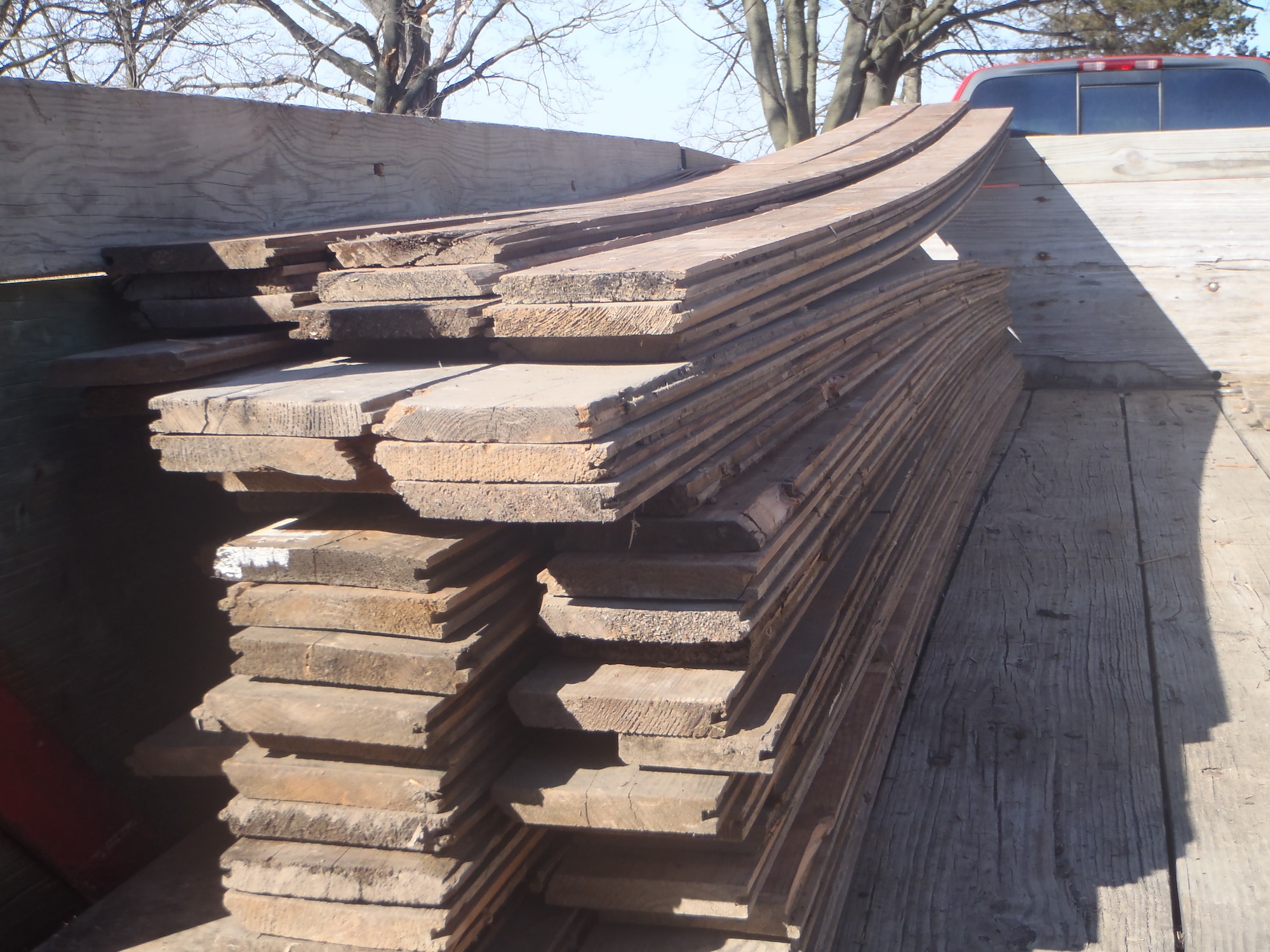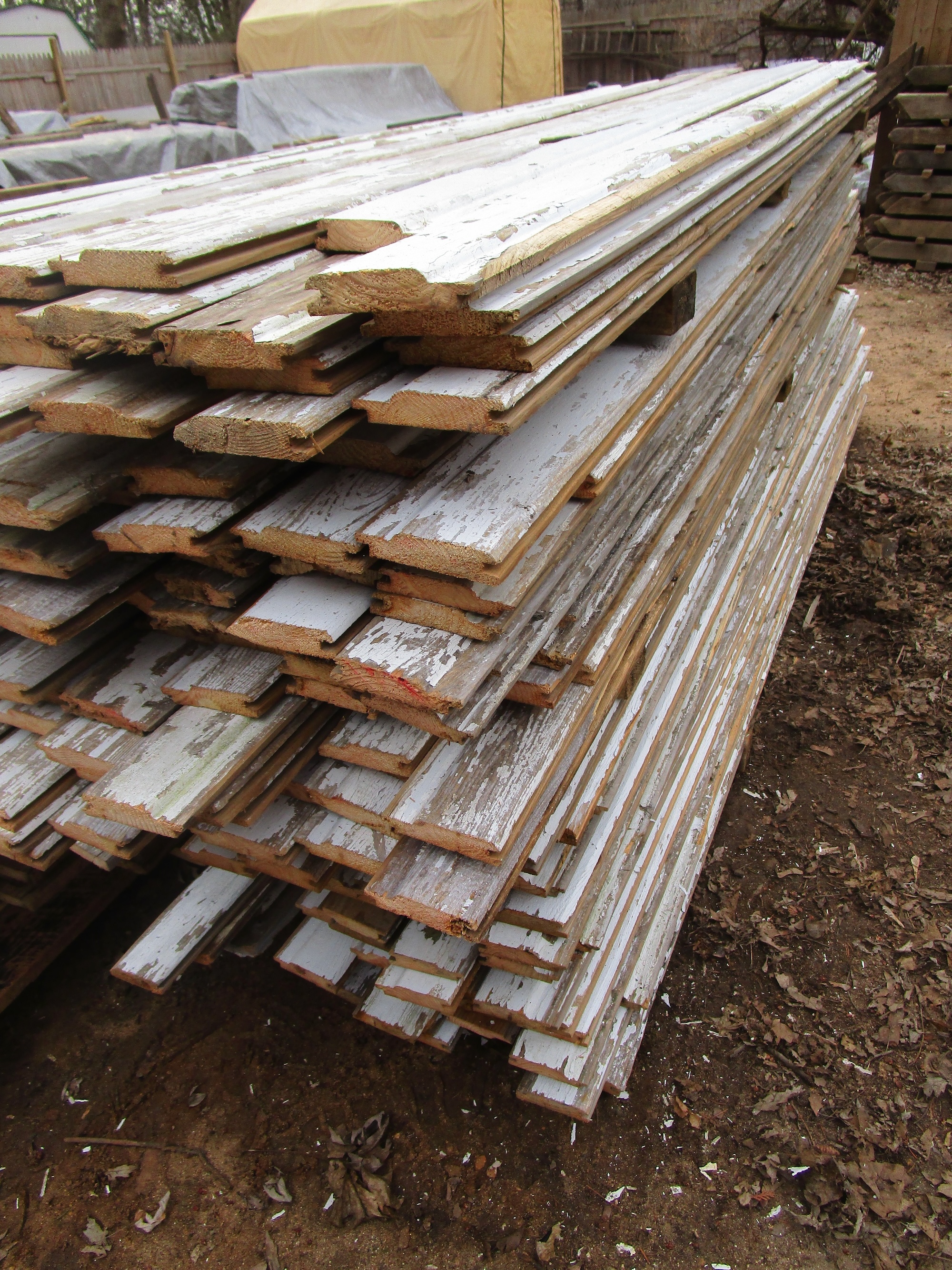Let's Talk Hardwood Flooring
All you need to know about reclaimed wood flooring
If we’re talking reclaimed wood, it’s only natural that the topic of flooring comes up, wouldn’t you say? So, let’s get into it.
But first, it is important that we clarify. Not all of wood falls under the “hardwood” umbrella. One wood species most people have heard of is pine. Pine isn’t actually considered a hardwood. When you are purchasing wood from the local hardware store, you are most likely purchasing pine.
The Context
In one of our older blogs, Go Green, we share some of the top ways choosing reclaimed barn wood is great for the environment. The first is that it decreases demand which subsequently reduces the impact of deforestation. Any time you choose reclaimed wood, it decreases the demand for newly sourced lumber. Basically, you are decreasing the need to cut down living trees for lumber.

Makes sense, but what the heck does this have to do with pine trees? Readily available lumber at most hardware stores come directly from lumber farms. These lumber farms began popping up as resources (i.e.- trees) became significantly more depleted. We can definitely plant oak and maple trees, but it can take hundreds of years for those trees to fully mature. Hence the need for fast(er) growing trees; pine is one of those fast-growing trees.
Simply put, the demand for lumber led to developing lumber farms where pine trees are among the species grown because they mature quickly. So, it’s likely the lumber you’ll find at the hardware store is pine.
Reclaimed Pine
Since it is a softer wood, pine, more specifically new growth pine, is not the ideal species to use for flooring, especially in a high-traffic areas like your home or an office space.
Here’s the thing about reclaimed pine. The pine we salvage from barns and other old buildings has one major difference- it’s old growth wood.
Any pine trees cut down and used for lumber back in the day had been growing for hundreds of years. And the longer a tree is able to grow and develop, the denser the wood becomes. That goes for all old growth trees, including pine.

Back to Flooring
Now, let’s get back on track. Reclaimed wood flooring.
As with any project, the first step is to select the wood you want to use for your flooring. And you most definitely have options. There are instances where we have been able to salvage the actual flooring from a barn, meaning we actually have tongue and groove flooring available.
However, reclaimed tongue and groove flooring may not be available. And if that’s the case, you still have options. Here’s what we’ve got.

Tongue and Groove
Shiplap
Batten Flooring
MIY (Mill It Yourself)
Tongue and groove flooring didn’t miraculously fall off the tree that way. So, you can absolutely mill whatever wood you choose for your flooring. What does that look like?
The planks will be run through a jointer and planer, which will flatten the sides. Then they will be ripped lengthwise to your specified widths. After the wood has been milled to dimension, each board will need to be molded with a tongue and groove profile using a molder or a wood shaper.
Seems like a lot of work for some flooring, right? Tongue and groove have panels that tightly fit into one another, so you can avoid using nails or screws to secure the boards. It creates a sleek, clean look once it has been installed.
We have milled flooring for customers in the past. If flooring is something you’re considering (or if you find something you like but require a specific cut or size), custom milling and sizing may be available. For more information, including costs, you can send us a message (LINK). Just be sure to include as much detail as possible.

The Tips
When laying hardwood flooring, especially of the reclaimed variety, we have a few key tips to keep in mind.
1. The wood you select for your flooring should be acclimated in your house (or in the environment you’re installing the floors). We recommend allowing it to acclimate for at least a few days.
2. You will need to consider where the flooring will be installed. More specifically, is it a room with a fireplace? A handful of people have asked us if it’s safe to install all the way up to the hearth. You absolutely can, you will just want to take the necessary steps to protect the wood. That includes installing and using a screen cover to reduce debris and embers from landing on (and burning) your floors.
3. You can use reclaimed pine for your flooring. In fact, some of our customers have done this. Most recently, we had a customer use reclaimed pine shiplap for their kitchen floors.
4. This one is not technically about flooring. Some of our customers have used reclaimed wood for their ceilings. And, actually, Jim used wood for the cathedral ceilings in his home. His tip? Do not use batten boards for your ceiling. The wood will expand and contract as the seasons change. So, depending on the season, you will be able to see the insulation behind the boards.
5. We typically recommend finishing your flooring. Or, at the very least, seal it. This tip is especially important if the flooring is being installed in a house or will experience a higher level of foot traffic. Keep in mind, sealing or finishing your flooring protects the integrity of the wood, but it is ultimately a personal preference. We have had customers do both.
Next Steps
Maybe you’ve been considering replacing your floors, or maybe you are building a home and are ready to install floors. If you want to use reclaimed wood for your floors, the first step is to set up an appointment with Jim. You can schedule it online. Include as many details as possible in the “note” section of the form. The more info you provide, the better Jim can prepare for your appointment.
After that, you are in great hands. You can discuss further preferences during your appointment with Jim.